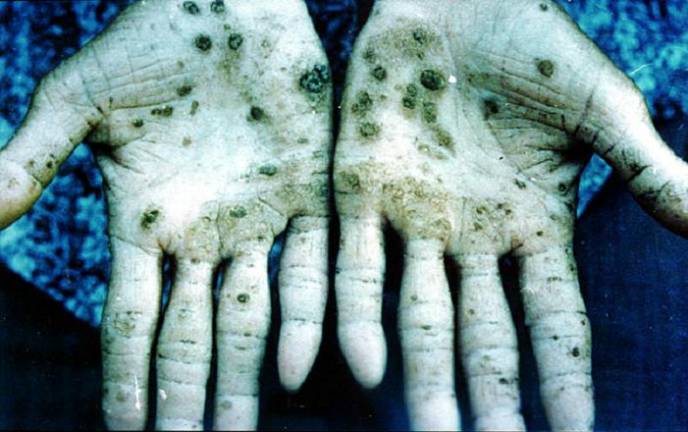Team:Virginia/Problem
From 2009.igem.org
edit
Arsenic Contamination
Ground-water contaminated with arsenic affects an estimated 137 million people worldwide. Existing water treatment methods are expensive and/or difficult to implement in a rural setting. This year we're exploring the possibility of using a bioremediation approach to tackle this issue. Can we harness the power of synthetic biology to help create an inexpensive arsenic sequestration mechanism? Here we present the work of the 2009 Virginia Team to create a prototype Arsenic Sponge.
(Cost analysis of other methods sidebar)
Toxicity
Inorganic arsenic exists naturally in two different ionic forms, a trivalent form (ArsIII) and a pentavalent form (ArsV). ArsV is less toxic but more water soluble than ArsIII. The two forms are toxic by distinct mechanisms. ArsV has many properties similar to the inorganic phosphate used by the cell to generate ATP. When ArsV is present in the cell, it is incorporated during the production of ATP in the glycolytic and cellular respiration pathways and blocks synthesis. The process quickly depletes the cell's ATP reserve pool and starves it of usable energy. ArsIII's toxicity is derived from the ability the thiol group metal binding properties. Arsenite binds cysteine residues and can deactivate many enzymes critical for life. For example, it is capable of deactivating pyruvate dehydrogenase which blocks the synthesis of acetyl coenzyme A. Deactivation of enzymes with thiol based activity is devastating for cellular metabolism. In addition to the specific biochemical toxicities, both arsenic species are considered carcinogens.
 "
"

